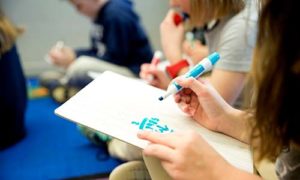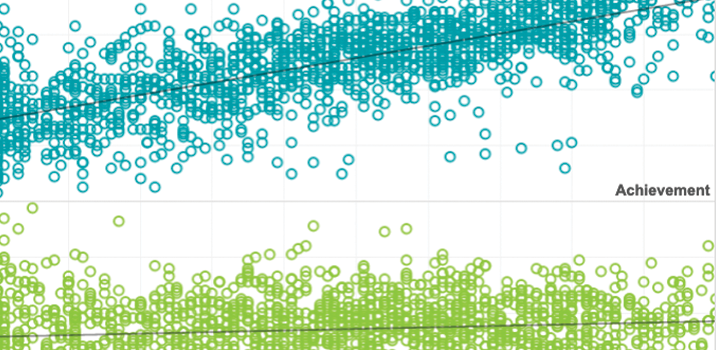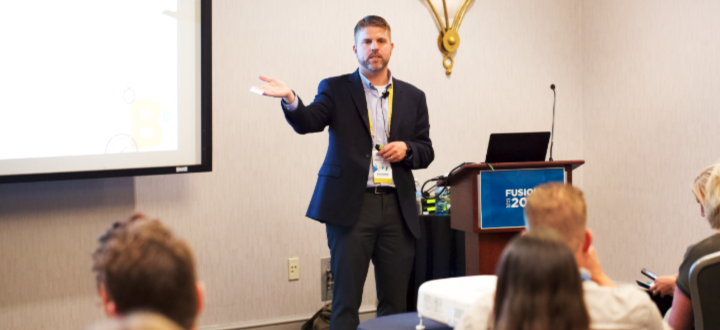Math & STEM



This dissertation for the University of Oregon examined the relationship between varying degrees of technology-enhancements applied in a mathematics performance task on the outcome of student cognitive engagement.
By: Meg Guerreiro
Topics: School & test engagement, Math & STEM


This study uses an analytic example to explore whether metadata might help illuminate such constructs. Specifically, analyses examine whether the amount of time students spend on test items (after accounting for item difficulty and estimates of true achievement), and difficult items in particular, tell us anything about the student’s academic motivation and self‐efficacy.
By: James Soland
Topics: School & test engagement, Math & STEM, Social-emotional learning


Can item response times provide insight into students’ motivation and self-efficacy in math
What can we glean about students’ social-emotional learning from how long they spend on math test questions? New research shows promise and limitations of using response time metadata to measure SEL.
By: James Soland
Topics: School & test engagement, Math & STEM, Social-emotional learning


Proportional relationships decluttered—at last!
Math experts detail an elegant new approach to teaching this conceptual cornerstone of advanced mathematics.
Topics: Math & STEM, Academic content


5 patterns in math skills of new kindergarteners—and 4 ways to address them
Learn what research shows about the variation in math skills early learners have when they enter kindergarten and ways to support building of these foundational skills.
By: Elizabeth Barker
Topics: Equity, Early learning, Math & STEM


Using data from the Applied Problems subtest of the Woodcock-Johnson Tests of Achievement administered to 1,364 children from the National Institute of Child Health and Human Development (NICHD) Study of Early Childcare and Youth Development (SECCYD), this study measures children’s mastery of three numeric competencies (counting, concrete representational arithmetic and abstract arithmetic operations) at 54 months of age.
By: Pamela Davis-Kean, Thurston Domina, Megan Kuhfeld, Alexa Ellis, Elizabeth Gershoff
Topics: College & career readiness, Early learning, Math & STEM


